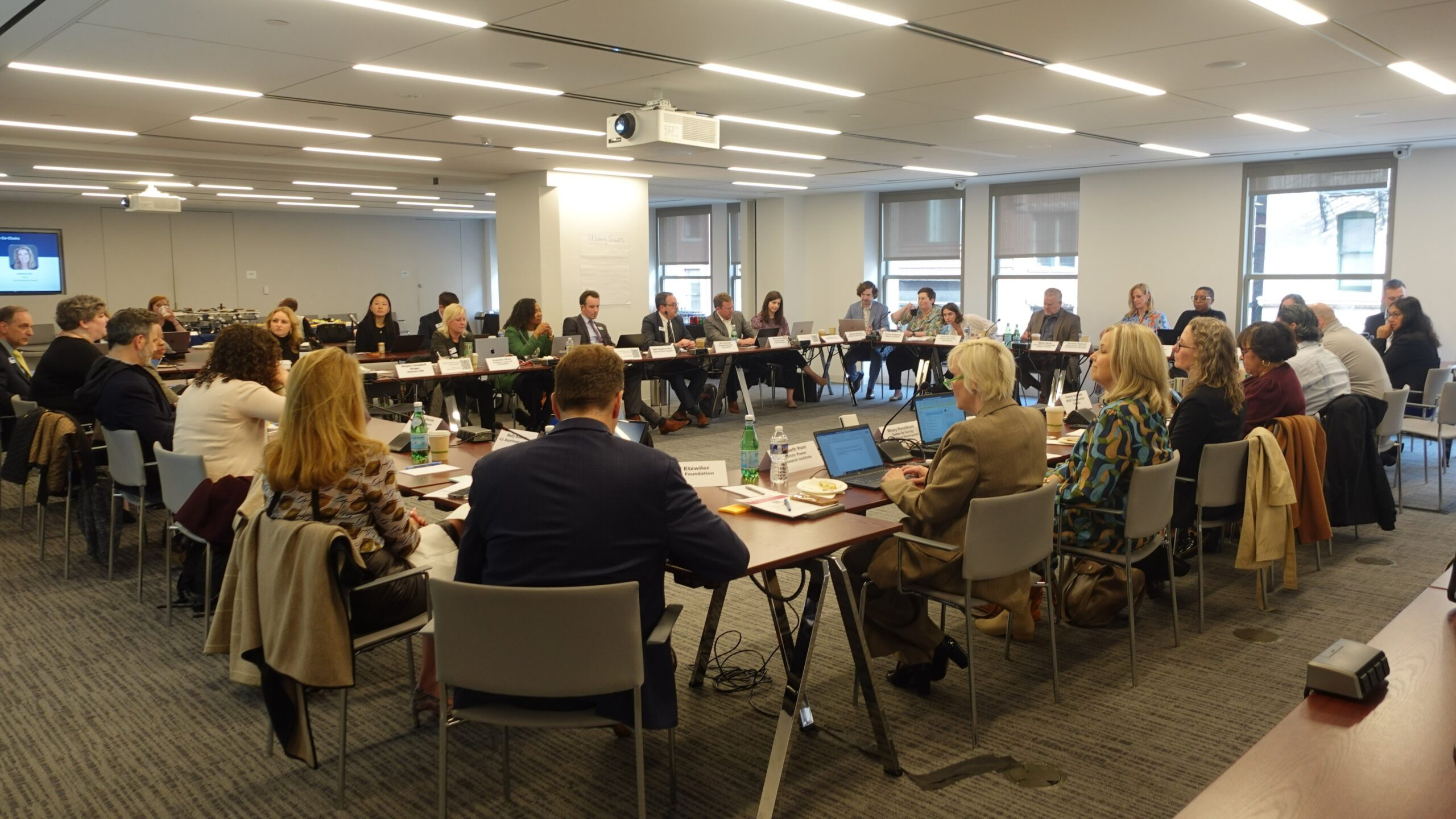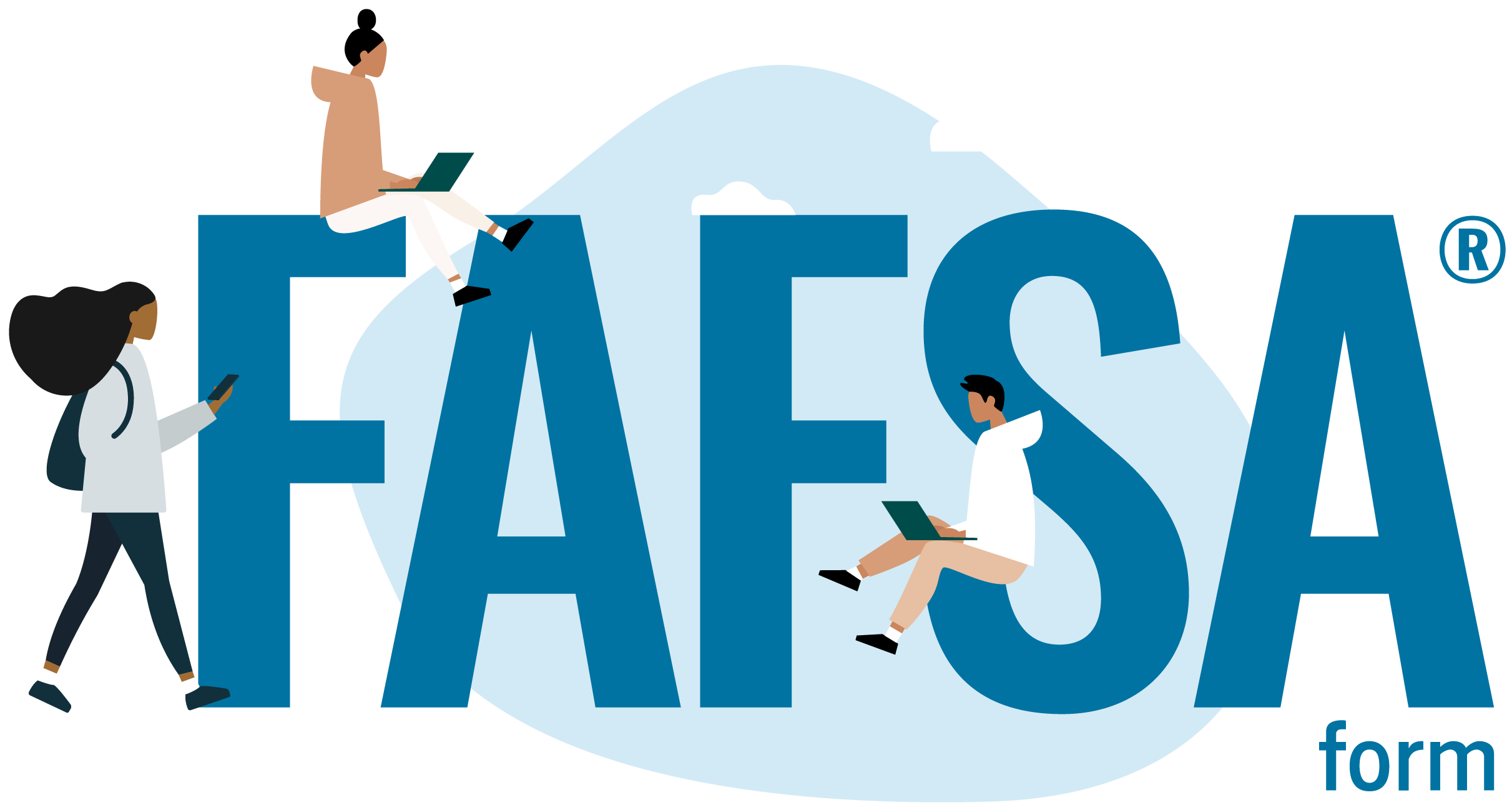Governors’ recommendations in drafting the bipartisan Prepare for and Respond to Existing Viruses, Emerging Threats and Pandemics Act, S. 3799.
The Honorable Patty Murray
Chair
U.S. Senate Committee on Health, Education,
Labor and Pensions Committee
Dirksen Senate Office Building
SD-428
Washington, DC 20510
The Honorable Richard Burr
Ranking Member
U.S. Senate Committee on Health, Education,
Labor and Pensions Committee
Dirksen Senate Office Building
SD-428
Washington, DC 20510
Dear Chair Murray and Ranking Member Burr:
We appreciate the work of the Senate Committee on Health, Education, Labor, and Pensions (HELP) in drafting the bipartisan Prepare for and Respond to Existing Viruses, Emerging New Threats, and Pandemics Act (PREVENT Pandemics Act; S.3799), and passage of this bill out of Committee by a vote of 20-2. The PREVENT Pandemics Act incorporates lessons learned from the pandemic response and seeks to improve the nation’s preparedness for future public health emergencies.
As Governors, we have been at the forefront of this pandemic and have had to make tough decisions to ensure the health and safety of our residents. For this reason, the strong partnership between the federal and state/territorial government is so critical, especially during a time of crisis. We reviewed S.3799 and offer our perspective and recommendations as this legislation moves to the full Senate.
DEFINE FEDERAL-STATE ROLES AND RESPONSIBILITIES
At the onset of the COVID-19 pandemic, there was no national strategy guiding an intergovernmental response. It was particularly apparent early in the pandemic that the role of state and federal agencies was blurred. States and territories lacked clear guidance when it came to accessing and deploying the resources and tools needed to respond to the crisis. That caused massive confusion at a time when we needed to work together. In the absence of coordinated federal leadership, Governors worked together – especially on a regional basis – to identify and compensate for the shortcomings of the national response.
So, it is important that we clearly identify and define federal-state roles and responsibilities during a pandemic. We appreciate that the Committee proposes to establish the National Task Force on the Response of the United States to the COVID-19 Pandemic (Sec. 101), “to examine and assess the United States’ preparedness for and response to the COVID-19 pandemic, including the initial and ongoing Federal, state, and local responses to COVID-19 to identify gaps and make recommendations to the President and Congress.” We request that you include feedback and recommendations from Governors concerning the membership of the Task Force and the scope of inquiry.
IMPROVE COMMUNICATION AND MESSAGING
Throughout this pandemic, states and territories often struggled with conflicting or unclear guidance from federal agencies. In addition, we often learned of new guidance or changes to existing policy or programs through various media channels, instead of directly from the federal government. This lack of clarity and inconsistent intergovernmental coordination often resulted in confusion among the public and contributed to a lack of trust and confidence in our national response.
Therefore, we support the establishment of a Public Health Information and Communication Advisory Committee (Sec. 104), included in the draft PREVENT Pandemics Act, “to provide recommendations to the Secretary on communication and dissemination of scientific and evidence based public health information during public health emergencies.” In addition, we would urge you to work with the Centers for Disease Control (CDC), to ensure messaging and communications are aligned with HHS and the Administration, along with rapidly changing guidance throughout the pandemic, which has left a lot of confusion, lack of credibility and uncertainty amongst the public.
MODERNIZE AND STANDARDIZE PUBLIC HEALTH DATA SYSTEMS
During the pandemic, many of our health agencies, hospitals and health care providers found themselves with systems that were not interoperable. Our response therefore was hampered by inaccessible, incomplete, or non-standardized data, particularly race and ethnicity data. We must modernize our nation’s fragmented public health data system, in which local, state, territorial and federal health departments set their own reporting rules and vary greatly in how they share and receive information. For example, there are inconsistencies in the Immunization Information Systems across jurisdictions and lack of interoperability with patients’ electronic health records.
It therefore is critical that more resources and funding be made available to improve and standardize public health data systems, to provide adequate technical training, to adopt standardized definitions and to develop national best practices. The federal funding historically allocated to states and territories to improve electronic health record systems has, in turn, improved treatment of patients. We need the same support and resources to update our public health systems to be able to share timely information on infectious disease from providers to public health agencies. So, we commend the language (Sec. 211) to enhance bio-surveillance capabilities and infectious disease data collection and the provision that HHS work closely with our state and territorial health departments in this public health data system modernization effort.
STRENGTHEN PUBLIC HEALTH INFRASTRUCTURE AND WORKFORCE
Public health infrastructure is key to the health and safety of all Americans and requires consistent and predictable funding and resources. As we learned throughout the pandemic, our public health departments must continue to do their day-to-day work to address public health hazards, while responding to health emergencies.
We appreciate that Congress provided critical resources and funding to public health departments to respond to this pandemic. We must build on those investments with stable funding to expand and modernize public health laboratories, telehealth, health system monitoring, and contact tracing, just to name a few priorities. And we appreciate the focus of the PREVENT Pandemics Act on “revitalizing the public health workforce,” by reauthorizing the Public Health Workforce Loan
Repayment Program and requiring the GAO to conduct an evaluation of the public health workforce in the U.S. during the COVID-19 pandemic (Sec. 225).
SUSTAINABLE AVAILABILITY AND RELIABLE ACCESS TO HEALTH CARE SUPPLY CHAIN
Lastly, we need a reliable, domestic supply of personal protective equipment (PPE), ventilators tests, vaccines, and other essential medical supplies. Early on, we experienced insufficient production and distribution of medical supplies including, PPE, gloves, masks, syringes, and ventilators. More recently, we found ourselves with a shortage of tests, masks, and therapeutics. This is an area where coordination is critical.
During the early phase of the pandemic, when PPE shortages were widespread, Governors did not have transparency into what was in the Strategic National Stockpile (SNS) and how decisions were being made on the distribution of these critical supplies. States scrambled to find essential medical supplies and competed against ourselves and the federal government to procure those scarce supplies. It is critical that the federal government be transparent with Governors as to what is in the SNS, assist states in maintaining adequate and updated medical supplies in their State Stockpiles, incentivize domestic manufacturing of PPE and medical supplies, and to ensure an equitable and fair distribution of federal support in order to mitigate the spread and reduce the impact of future pandemics.
Therefore, we support the provisions to enhance transparency of the SNS and “the establishment and maintenance of warm-base domestic manufacturing surge capacity and capabilities so that medical countermeasures can be rapidly manufactured when needed to respond to public health emergencies,” included in the PREVENT Pandemics Act (Sec. 401).
Again, we commend you and your colleagues on the Senate HELP Committee for your work to address the weaknesses in our public health system that were further exposed by the pandemic and to ensure that we are better prepared to respond to any future public health emergency. We look forward to working with you.
Sincerely,
Governor Ned Lamont
State of Connecticut
Governor Charlie Baker
State of Massachusetts












